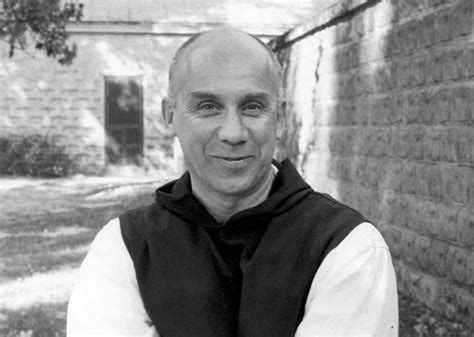50th anniversary Edition
Published by Harcourt Brace and Company (September 4, 1998)
467 pages
Working on my recent review of Whittaker Chambers’ autobiography Witness made me think of another classic story of conversion from the mid-20th century that continues to attract readers and change lives. Both stories should interest serious Christians of any tradition, but Merton’s should particularly interest Catholics and all who revere the contemplative life.
Merton, who was born a century ago this year, is best known for his 1948 autobiography The Seven Storey Mountain, a book that sent scores of World War II veterans, students, and even teenagers flocking to monasteries across the U.S. for retreats and in some cases in pursuit of a vocation.
Merton was most certainly a conflicted man throughout his life, but at the same time he became one of the greatest spiritual writers of the latter part of the 20th century. By the time of his death overseas in Thailand at the age of 53 in 1968, he had written more than 70 books on spirituality, some of the best known being The Seeds of Contemplation (1949) and Raids on the Unspeakable (1966).
Born in France in 1915, Merton was accustomed to being on the move, spending extended periods in the U.S., France, and England, as his father was a well-known artist in London and elsewhere.
Merton’s first real taste of Catholicism came while he was visiting Rome and Florence in his late teens. The attraction he felt, while its immediate effects soon dissipated, had a lasting effect. However, during his time at Cambridge he started drinking heavily, running through money, and engaging in sex. The portion of the autobiography where he recounts this was somewhat censored by the monastery so as not to offend or scandalize the readers of that time, when Rev. Fulton Sheen’s “Life is Worth Living” was ruling the early TV era.
Moving back to the United States in 1935, Merton enrolled as a sophomore at Columbia University, after a year at Clare College in the UK, where he made lifelong friends, several of whom were Catholics. Browsing in the Columbia library, he encountered a book that opened his mind to Catholicism more fully: Etienne Gilson’s The Spirit of Medieval Philosophy. Here he found an explanation of God that started to answer both both logical and pragmatic questions about faith.
He also read the poetry of Gerard Manley Hopkins, a late 19th century Jesuit who had been received into the Church by Cardinal Newman, and began to seriously consider Catholicism and the priesthood. In the end he sought instruction from a priest at Corpus Christi Church, near the Columbia campus. On November 16, 1938, Merton himself was received into the Catholic Church. The next year he was confirmed at the same parish taking the name, “James.”
During the next several years he searched for his vocation, finally arriving at the Abbey of Gethsemane, a Trappist monastery, on December 10, 1941. After three days there, he sought acceptance into the order and was received as a postulant on the first Sunday in Lent, 1942.
The next stage of his life arrived after receiving permission from his superiors to publish The Seven Storey Mountain, which became an enormous success, becoming one of the best-selling non-fiction books of 1949. By 1984, the paperback edition sold over three million copies, while the hardback edition sold over 600,000.
That book covers only the first few years of his monastic career, but from this point on his superiors permitted him to write many more books of spirituality, many of which were controversial due to his advocacy of social justice and his opposition to war in general and the Vietnam War in particular.
Interest in Merton and his work has never waned. There have been a number of biographies of Merton, and his major books have stayed in print and continue to be read. Towards the end of his life he was granted permission to live in a hermitage on the monastery grounds. There he continued to correspond with well-known figures throughout the world, and at the end of his life even visited Asia to dialogue with Buddhist monks in pursuit of common ground.
He died on December 10, 1968, there in Thailand, when a fan fell into his bathtub and electrocuted him. Despite his restlessness, temptations, to the end he remained a committed Catholic. Indeed, in his last letter to his fellow monks he wrote, “In my contacts with these new friends, I feel consolation in my own faith in Christ and in His indwelling presence.”
One day a great movie will be made of Merton’s life. Merton was no saint, but in spite of all his difficulties he persevered in the faith that had rescued him from the emptiness of 20th century secularism. And in doing so, offered through his writing a compelling portrayal of a restless man settling for nothing less than God.
